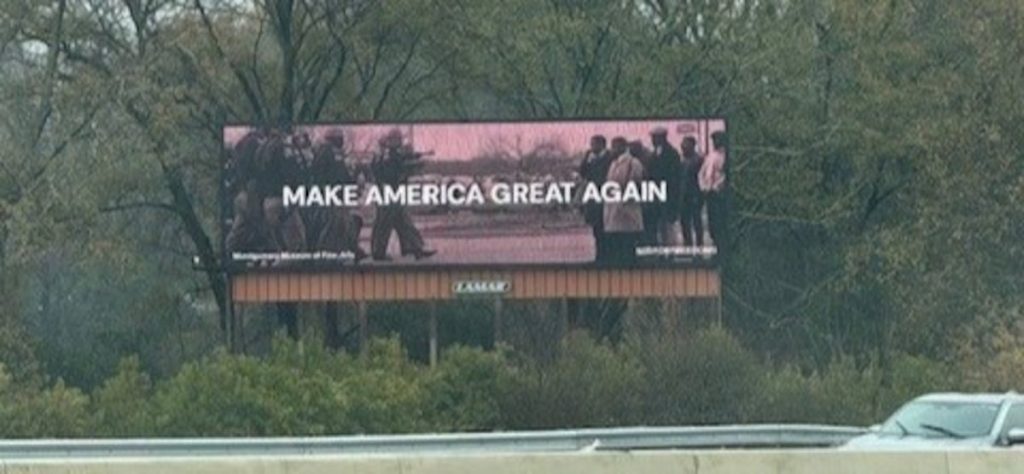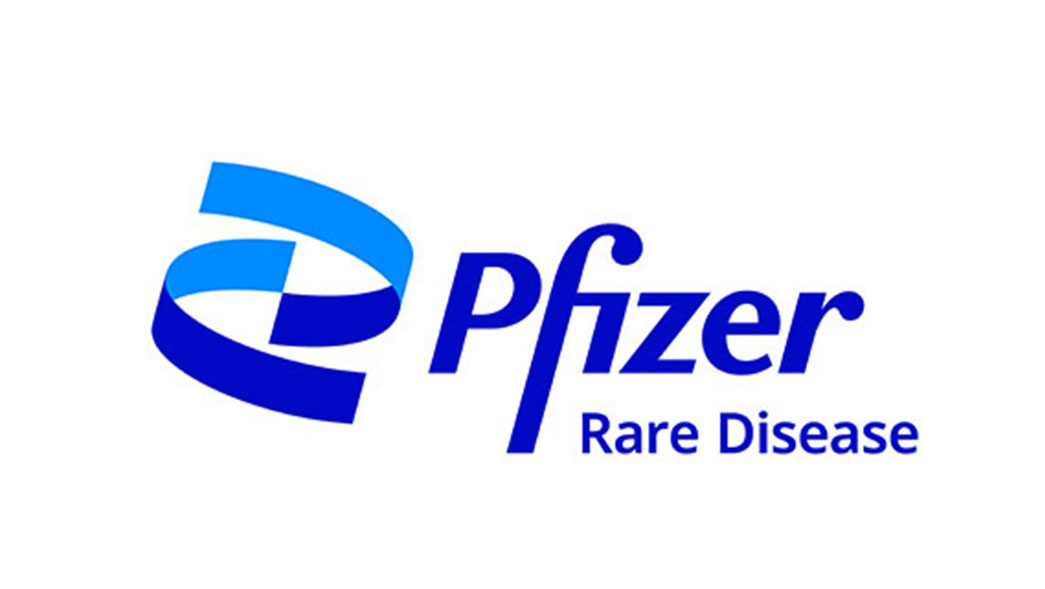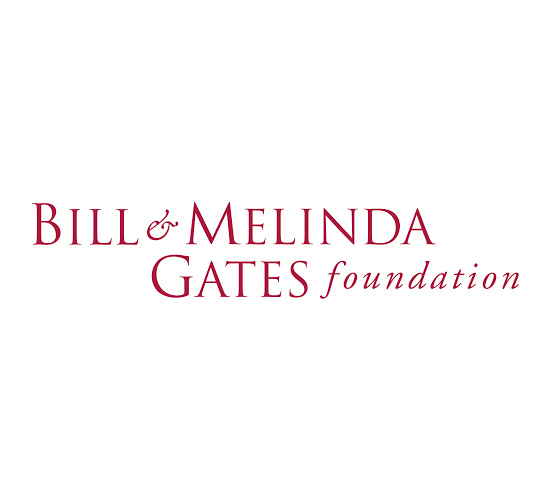SPEAKIN’ OUT NEWS
A billboard in Montgomery, Alabama, featuring Donald Trump’s “Make America Great Again” slogan over a historic photo from the civil rights movement was recently removed, sparking debate over censorship and artistic expression, according to AL.com.
The billboard, created by the For Freedoms art collective, juxtaposed Trump’s campaign slogan with a 1965 image of state troopers confronting civil rights marchers on Bloody Sunday in Selma. The organization defended the billboard, stating its intent was to provoke reflection and conversation.
For Freedoms co-founder Eric Gottesman called the removal an act of censorship, arguing that “one of our missions is to be visionary, not reactionary.” He maintained that the billboard was meant to engage the public in discussion rather than push a political agenda.
The billboard was sponsored by the Montgomery Museum of Fine Arts (MMFA) as part of an upcoming exhibit on the civil rights movement. However, MMFA later clarified that its leadership had not approved the billboard’s placement. Montgomery Mayor Steven Reed requested its removal, explaining in a statement that while the city values its role in civil rights history, it must be cautious about how such images are used in public spaces.
The photo featured on the billboard was captured by Spider Martin, a journalist who documented the civil rights movement. His work will be displayed at the MMFA’s upcoming exhibition, Selma is Now: Civil Rights Photographs by Spider Martin, running from Feb. 28 through June 1.
The Bloody Sunday event depicted in the image took place on March 7, 1965, when about 600 demonstrators marched across the Edmund Pettus Bridge to protest racial violence and advocate for voting rights. They were met with brutal force from law enforcement, an attack that became a turning point in the civil rights movement and helped lead to the passage of the Voting Rights Act of 1965.
The debate surrounding the billboard highlights the ongoing conversation about how historical images and political messages intersect in public discourse.










